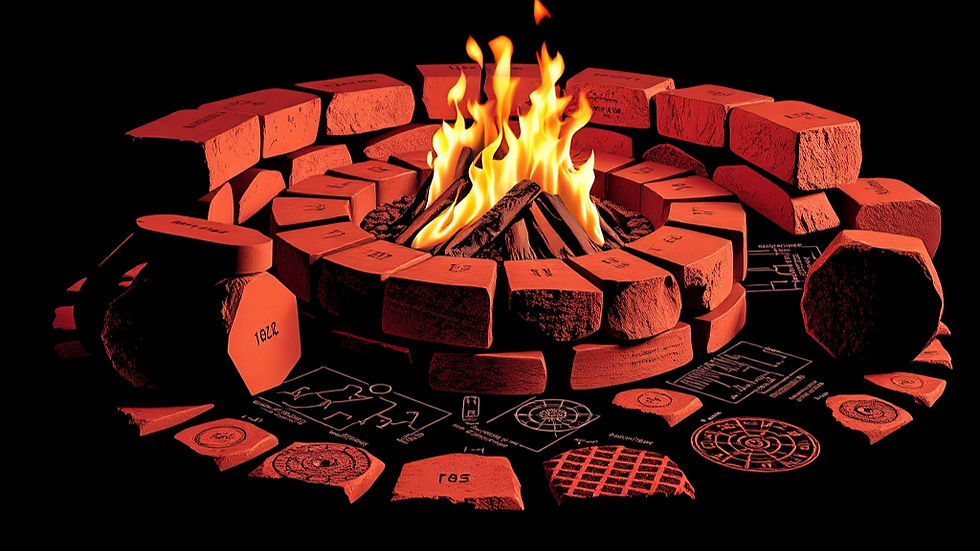Rock Beds vs. Mulch Beds: What’s the Right Fit for You?
- Robyn Cates
- Oct 7
- 2 min read
Rock beds and mulch beds both promise low-maintenance appeal—but they serve very different functions and require different levels of care. Choosing between them isn’t just about aesthetics; it’s about long-term performance, ecological compatibility, and how you want your garden to grow.
At La Madrina Landscape, we help clients make informed choices based on site conditions, plant goals, and maintenance capacity. Here’s how we break it down.
Rock Beds: Durable, Structured, and Often Misunderstood

Rock beds are often seen as a “set it and forget it” solution. While they offer structure and longevity, they’re not maintenance-free—and they’re not ideal for every planting situation.
Pros:
• Long-lasting and visually clean
• Useful for drainage zones and high-traffic areas
• Can reduce erosion on slopes or near foundations
• Weed fabric can be used underneath to separate soil from stone
Cons:
• Organic debris builds up and supports weed growth on top of the fabric
• Plantings require extra care—soil pockets, irrigation, and root protection
• Rocks absorb and reflect heat, which can stress nearby plants
• Difficult to adjust or replant once installed
Best used for:
Dry creek beds, foundation borders, or accent zones with minimal planting.
Mulch Beds: Living Layers That Feed the Soil

Mulch beds are dynamic. They suppress weeds, retain moisture, and improve soil health over time. They’re ideal for planting zones and adaptable to seasonal change.
Pros:
• Supports soil biology and root health
• Suppresses weeds naturally when layered properly
• Regulates soil temperature and moisture
• Breaks down into organic matter, improving soil structure
Cons:
• Requires seasonal refresh (typically every 18 months)
• Can wash out on steep slopes without edging or groundcover
Best used for:
Perennial beds, native plantings, tree rings, and any area designed to evolve over time.
What We Recommend
We rarely use rock beds as a default. Instead, we design with intention:
Use rock beds sparingly—where structure, drainage, or erosion control is needed
Prioritize mulch beds—especially in planting zones, pollinator gardens, and areas meant to grow
Layer with purpose—whether it’s stone over fabric or mulch over compost, each layer should support the landscape’s health and function
Plan for maintenance—no material is truly “no-maintenance,” but the right choice makes upkeep easier and more rewarding. Thoroughly remove leaves in rock beds so they do not compost over winter
Final Thought
A landscape isn’t static—it’s a living system. Mulch beds feed it. Rock beds frame it. The best designs use both strategically, with an eye toward ecology, longevity, and beauty.
If you’re unsure which approach fits your space, we’re happy to walk you through it. At La Madrina Landscape, we design gardens that grow better every season.



Comments